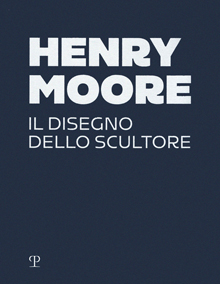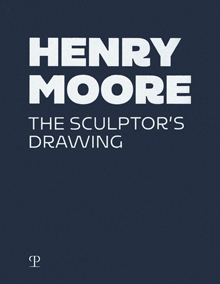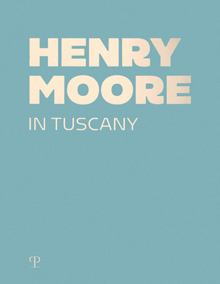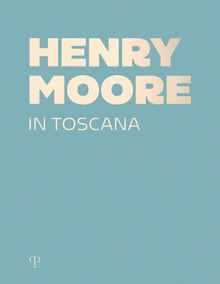Ricerca Veloce
Ricerca Avanzata
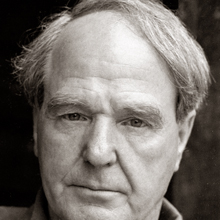
Henry Moore
Figlio di minatori e settimo di otto figli, Henry Moore é
nato a Castelford (Inghilterra) nel 1898. Dopo essere stato smobilitato –
perché intossicato dal gas a Cambrai, è soldato nel nord della Francia durante
la prima guerra mondiale –, studia la scultura presso la Leeds School of Art,
poi al Royal College di Londra dal 1920 al 1924.
La sua prima esposizione personale risale al 1928. Il suo lavoro è una sintesi
tra arte europea ed arte primitiva ; Moore taglia direttamente le sue figure
nel legno o nella pietra, l’obbiettivo è di rispettare la “verità della materia”.
Nel 1933, Henry Moore fonda con altri artisti il gruppo “Unit One”. Vicino al surrealismo
all’inizio degli anni ’30, Moore parteciperà, nel 1936, all’esposizione
internazionale del Surrealismo di Londra ; con l’intento di dare alla “terza
dimensione” una percezione più evidente, l’artista perfora le forme che sono in
parte puramente astratte, in parti evocatrici della figura umana ; la madre
diviene uno dei temi ricorrenti. Moore al tempo stesso disegna e dipinge, i
suoi elementi biomorfici galleggiano nello spazio.
Nel corso della seconda guerra mondiale realizza una serie di disegni sui
rifugiati ammassati al riparo nella metropolitana londinese.
Riceve il gran premio della scultura della Biennale di Venezia
nel 1948. Nel periodo del dopoguerra, Henry Moore si impegna a formare degli assistenti
nel proprio atelier, alcuni fra questi sapranno rinnovare la scultura inglese
nella seconda metà del XX secolo. L’atelier, l’aria libera, la natura? Là
nascono le sue “idee”, idee cui Moore dà forma attraverso l’aiuto di modelli in
argilla. Moore crea dei personaggi isolati od in gruppo, taglia il legno e la
pietra, realizza delle tirature in bronzo.
Riconosciuto mondialmente come uno dei più grandi scultori del secolo, Henry
Moore riceve commesse pubbliche dal mondo intero ; Installa le sue opere
monumentali nella natura, cercando di creare sempre un legame segreto e
privilegiato, un’affinità tra gli oggetti del suo lavoro e l’ambiente.
L’opera di Moore vuole esprimere la fraternità dell’uomo con tutte le forme di
vita. Henry Moore è morto in Inghilterra (Perry Green) nel 1986.
As a schoolboy Moore showed a talent for art but was encouraged to train as a teacher first. He did not enjoy teaching and signed up to serve in the British Army during the First World War. He was injured in 1917 by a gas attack during the Battle of Cambrai.
In 1919, thanks to an ex-serviceman's grant, Moore became a student at the Leeds School of Art. He went on to attend the Royal College of Art in London in 1921. Moore later taught at the College and met Irina Radetsky, whom he married in 1929.
Numerous commissions and exhibitions in the 1930s enabled Moore’s reputation as a leading avant-garde artist to grow, but in 1939 war broke out again. Moore was recruited as an official war artist and produced his now famous drawings of people sheltering in the London Underground during the Blitz.
In September 1940, the Moores’ London flat was damaged by bombing and the couple moved to Perry Green, Hertfordshire. Hoglands, a farmhouse in the hamlet, became home for the rest of their lives. Their daughter Mary was born in 1946. Over time, Moore developed outbuildings into studios and Irina created beautiful gardens. Landscape was important to Moore and his work is often associated with nature. The human body is another recurring motif in the artist’s work and in Perry Green the analogies between the body and landscape could be readily explored.
International success characterised Moore’s career from the 1950s onward. In 1977 he established the Henry Moore Foundation to encourage wider enjoyment and opportunities in the arts.
In August 1986 Henry Moore died in Perry Green.
Vedi anche...
Henry Moore
- € 26,60
- € 28,00
Henry Moore
- € 26,60
- € 28,00
Henry Moore in Tuscany
- € 17,10
- € 18,00
Henry Moore in Toscana
- € 17,10
- € 18,00
